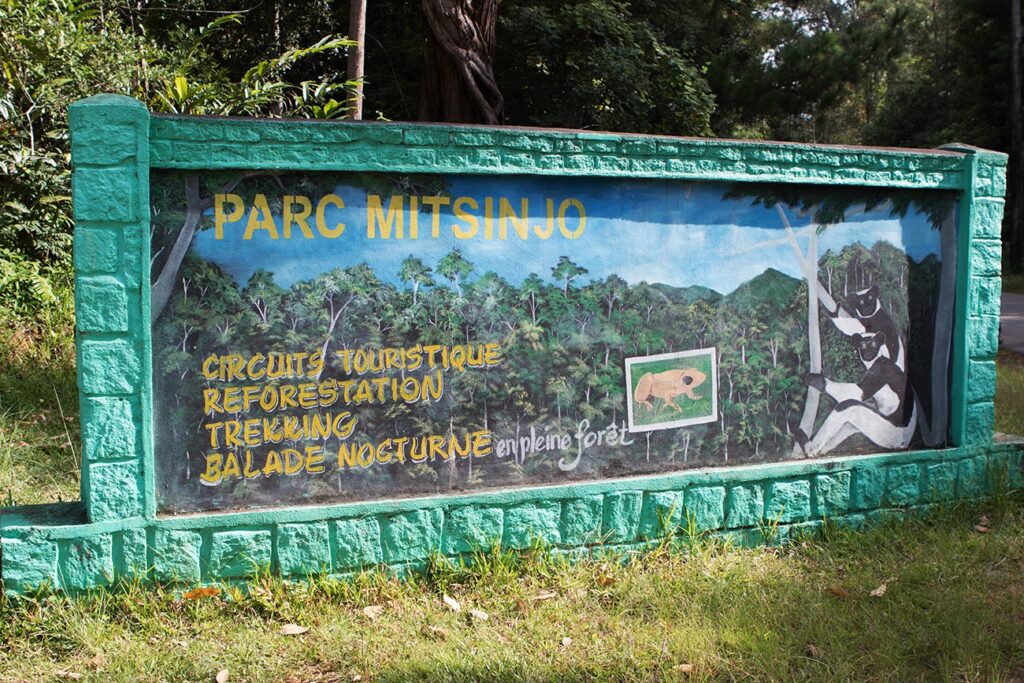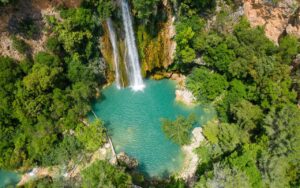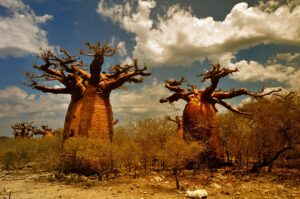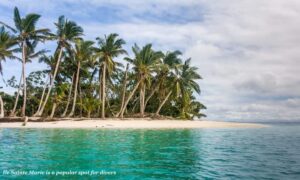Analamazaotra Forest Station: A Gateway to Madagascar’s Unique Biodiversity
Nestled in the lush landscapes of Madagascar, the Analamazaotra Forest Station is a haven for nature enthusiasts and researchers alike. Located in Andasibe, this research center offers a unique opportunity to explore the island’s rich biodiversity, particularly its famous lemurs. Whether you’re a scientist, a wildlife photographer, or simply a curious traveler, Analamazaotra provides an unforgettable experience in one of the world’s most unique ecosystems.
Exploring the Wonders of Analamazaotra
The Analamazaotra Forest Station is part of the larger Andasibe-Mantadia National Park, a protected area renowned for its diverse flora and fauna. Visitors can embark on guided tours through the dense rainforest, where they can witness the incredible variety of plant and animal life. The park is home to the largest lemur species, the Indri, known for its distinctive calls that echo through the forest. Birdwatchers will also be delighted by the presence of numerous endemic bird species, making it a prime location for avian enthusiasts.
In addition to lemurs and birds, the forest is teeming with reptiles, amphibians, and insects, each contributing to the vibrant tapestry of life. The lush vegetation, including towering trees and exotic orchids, adds to the enchanting atmosphere of the forest. For those interested in botany, the station offers insights into the unique plant species that thrive in this part of Madagascar.
A Glimpse into the Past
The history of Analamazaotra Forest Station is intertwined with the conservation efforts in Madagascar. Established as a research center, it plays a crucial role in studying and preserving the island’s unique biodiversity. The station collaborates with local and international researchers to conduct studies on various species, contributing to the global understanding of Madagascar’s ecosystems.
The area has long been recognized for its ecological significance, and efforts to protect it date back several decades. The establishment of the research station has been instrumental in promoting sustainable tourism and conservation practices, ensuring that future generations can continue to enjoy the natural wonders of Andasibe.
Practical Information for First-Time Visitors
Getting to Analamazaotra Forest Station is relatively straightforward. The nearest major city is Antananarivo, Madagascar’s capital, located about 140 kilometers away. From Antananarivo, visitors can take a taxi-brousse (shared taxi) or hire a private car to reach Andasibe. The journey takes approximately three to four hours, depending on road conditions.
For those visiting for the first time, it’s advisable to book a guided tour to make the most of your experience. Local guides are knowledgeable about the flora and fauna and can help you spot elusive wildlife. The best time to visit is during the dry season, from April to November, when the weather is more favorable for exploring the forest.
Accommodations in Andasibe range from budget-friendly lodges to more upscale options, ensuring that visitors can find a place that suits their preferences and budget. It’s recommended to book accommodations in advance, especially during peak tourist seasons.
Interesting Facts
- The Indri, the largest lemur species found in Analamazaotra, is known for its loud, haunting calls that can be heard up to two kilometers away.
- Madagascar is home to over 100 species of lemurs, and Analamazaotra is one of the best places to see them in their natural habitat.
- The forest station is involved in various conservation projects, including reforestation efforts and community education programs to promote environmental awareness.
Analamazaotra Forest Station is more than just a research center; it’s a gateway to understanding the incredible biodiversity of Madagascar. Whether you’re there to study, photograph, or simply enjoy the natural beauty, this unique destination offers a glimpse into a world unlike any other.








